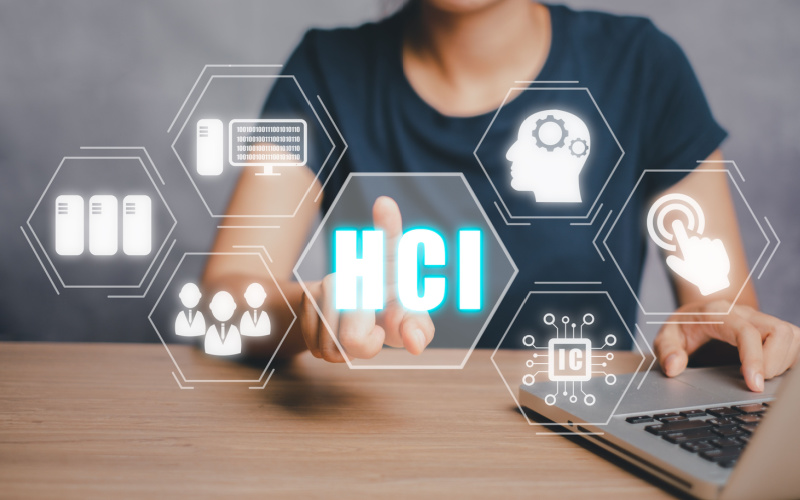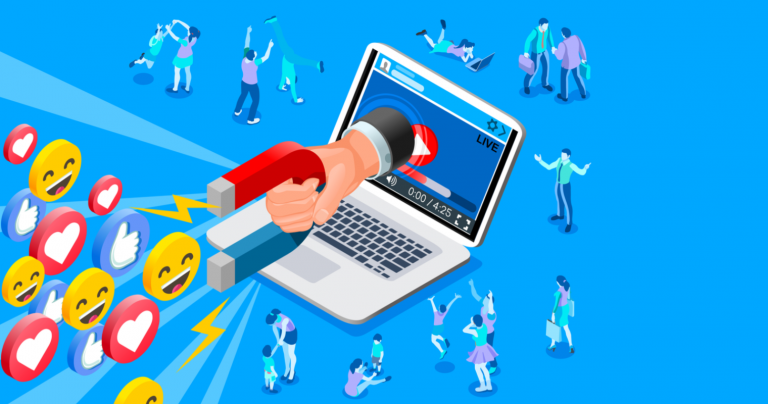
The Role of Computers and the Internet in Modern Learning

Dial@R&D
30 June 2025 . 6 Minute Read
Introduction In today’s world, computers and the internet have become essential tools for learning. From primary school students in rural Bangladesh to university learners in urban centers, digital technology is reshaping how we access and engage with education. Platforms like 10 Minute School, mobile apps, and online classes have created new possibilities that were not available even a decade ago. In a country like Bangladesh, where educational inequality and infrastructure gaps remain challenges, digital learning tools can bridge the divide. They bring knowledge directly into students’ homes, regardless of their location or background. Understanding how computers and the internet contribute to education is important for students who want to succeed in a connected, competitive world. This blog explains the core ideas behind digital learning, tools and platforms commonly used, and real-world applications in the Bangladeshi context. Theoretical Framework Computers and the internet are central to what educators call technology-enhanced learning (TEL). This refers to using digital tools to improve how people study and gain knowledge.Three key terms to understand here are: e-Learning: Learning that takes place with the help of digital devices, often over the internet. Blended Learning: A combination of face-to-face instruction and digital resources. Online Learning: Education delivered entirely through digital platforms, without the need for physical classrooms. These models support flexible, self-paced, and personalized learning. Students can repeat difficult lessons, access content any time, and use videos, quizzes, and games to deepen their understanding.In Bangladesh, both government and private initiatives have promoted digital learning as a solution for education gaps, especially in remote areas. The Access to Information (a2i) program under the Prime Minister’s Office, for example, has played a major role in promoting ICT-based education. Tools or Methods 1. Online Classes and Virtual Learning Platforms Students in Bangladesh now attend live or recorded classes using tools like: Zoom, Google Meet, and Microsoft Teams – for live lessons YouTube – for recorded lessons and tutorials Facebook Live – used by coaching centers and school teachers These platforms allow students to learn from home, especially when physical attendance is not possible due to illness, distance, or emergencies. For example, during the COVID-19 lockdown, many schools in Dhaka and Chattogram started online classes to continue teaching, while rural students accessed pre-recorded videos and community digital centers. 2. Digital Learning Platforms Several learning platforms in Bangladesh provide structured, syllabus-based lessons: 10 Minute School – Offers free lessons aligned with the NCTB curriculum for Classes 1–12, university prep, and skill development. MuktoPaath – A government-run platform offering free online courses for students, professionals, and teachers. Shikkhok Batayon – Provides teaching resources, class plans, and digital content for educators across the country. These platforms include video lectures, notes, quizzes, and practice materials — allowing students to study in both English and Bangla. 3. Educational Games and Interactive Tools Learning through games and interaction helps students stay focused and retain information longer. Computers and mobile apps offer: Games for Math, English, and Science – where students solve puzzles, answer MCQs, or complete tasks to win points. Apps like Duolingo – to improve English vocabulary using daily tasks and goals. Kahoot! – a fun quiz-based platform where teachers can host class competitions. In Bangladesh, several ed-tech startups are working on local-language educational games for young learners. 4. E-books and Digital Libraries Digital versions of textbooks and academic resources are now available for free or at low cost. This helps students who cannot afford printed books or who prefer studying on phones and tablets. NCTB Website – Offers free downloads of school textbooks (Classes 1–12). Bangladesh e-Library Project – A digital library initiative with resources for university students and researchers. UNICEF-supported learning apps – provide free Bengali-language reading materials for children in remote communities. 5. Self-Learning and MOOCs MOOCs (Massive Open Online Courses) give access to world-class education from top universities and companies: Khan Academy – Free tutorials in math, science, and more. Coursera and edX – For university-level and career-focused courses. Bohubrihi – A Bangladeshi platform offering skill-based courses in programming, business, and design. These platforms are especially helpful for university students looking to expand their knowledge or gain practical skills without extra tuition fees. Applications Case 1: 10 Minute School — Learning Beyond the Classroom Robi’s 10 Minute School has become a key tool for students in both urban and rural Bangladesh. With over 2 million app users and millions of YouTube views, it provides: Video lessons based on the NCTB syllabus Live classes on Facebook and YouTube Practice exams for SSC, HSC, and university admission tests The platform also supports parents and teachers by offering guidelines and extra materials. Case 2: Community Learning Centers in Rural Bangladesh In areas without strong internet connectivity, Union Digital Centers (UDCs) provide shared computers, access to online resources, and basic ICT training. Supported by the a2i program, these centers: Help students watch online lessons Support school dropouts and working youths with skills training Connect remote students to national-level content This system ensures digital inclusion even in places with low infrastructure. Case 3: Digital Learning in Healthcare Education In medical colleges and nursing schools, students use: 3D anatomy apps and surgical simulation software Online MCQ banks and digital flashcards for exam prep YouTube channels featuring dissection tutorials and patient case reviews Community health workers also use tablet-based training videos to learn about maternal health, nutrition, and first aid — even without formal classrooms Conclusion Computers and the internet have become powerful tools for education in Bangladesh. From online classes and digital textbooks to interactive games and free learning platforms, they help students learn more effectively and access knowledge regardless of location or background.As the country moves toward a more digital future, understanding how to use these tools will be essential for every student — not just for good grades, but for developing skills, confidence, and opportunities in higher education and future careers.By making education more accessible and personalized, ICT is helping to build a smarter, more skilled Bangladesh.
Recent blogs




